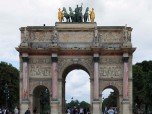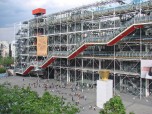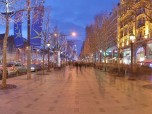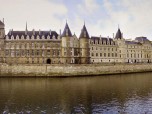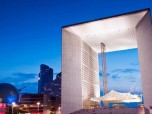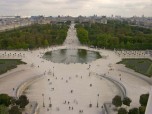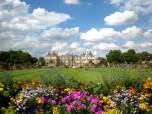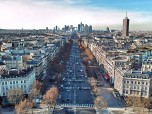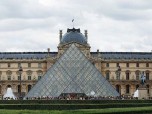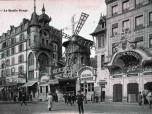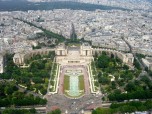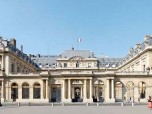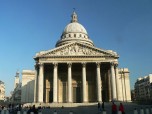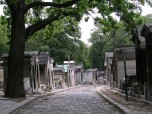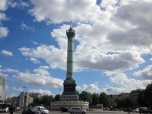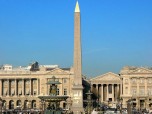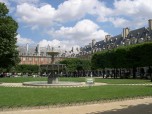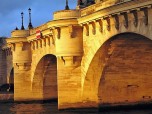Scotland is the birthplace of golf. For most golf players and enthusiasts, visiting the St. Andrews Golf Course in Fife, Scotland is a lifelong dream come true. Here is where the game of golf initially developed. The Royal and Ancient Golf Club was founded here, in year 1754. Up to now, it continues to oversee the administration of the game all over the world except in the United States and Mexico. The golf course frequently hosts the British Open, a major golf championship watched by people around the world.
St. Andrews have five 18 hole golf courses: the Old Course, the New Course, Eden, Jubilee, Strathtyrum and the 9-hole Balgove. Recently, a new Dukes course has been developed for the general public use.
Huge fans of golf should know about the ‘Old Course at St. Andrews’, the oldest golf courses in the world, dating back to year 1552. The Old Course is of public use over common land where any golfer is allowed to play. The golf courses are natural and wild, with deep bunkers and plant growth here and there. Its untamed terrain will test your golfing skills, for you have to try your hardest to stay out of bunkers. Despite this, many golf players and enthusiasts from around the world flock just to play in this world renowned course.
A small scale golf course called the ‘Himalayas’ is something golfers ought to try, as well. This golf course was originally developed for women since they weren’t permitted to play full courses before. It’s fun and offers a lot of challenge, so your whole family can enjoy a good, enjoyable game of golf.
Because the golf courses are the most desired golf courses of the world, visitors have to make their reservations in advance, even at least one year before their target visit.
























